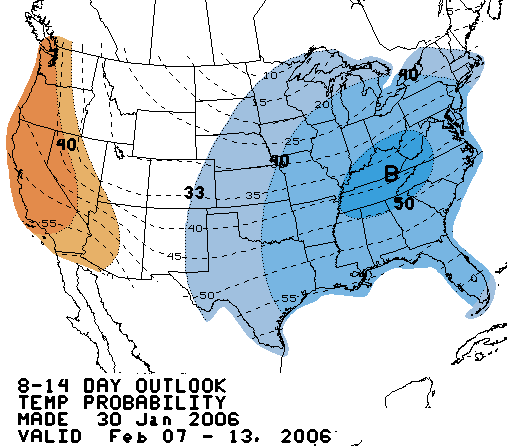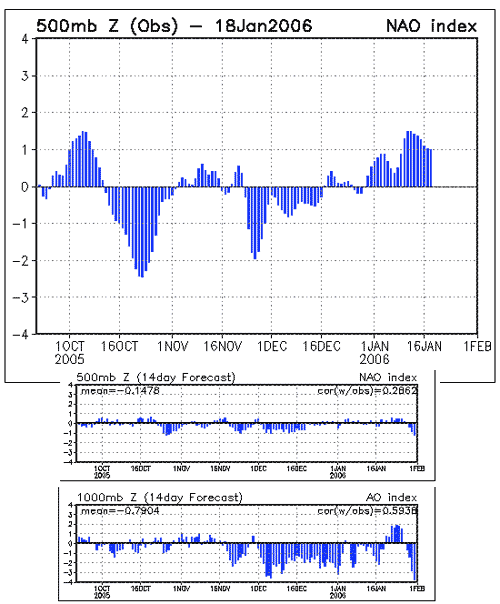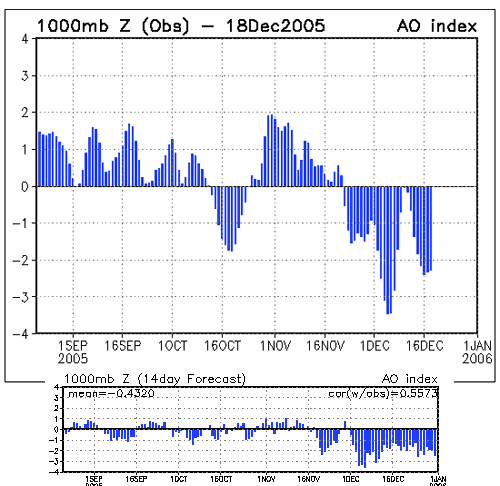How Long Could the Southeast Drought Last?
Wednesday, November 14th, 2007The southeast is currently in the throes of what is being called a 100 year drought. Most climatologists say that the drought began back in the spring of 2006, and continues through today. While I’d love to be able to say that the drought will be over soon, taking a look at history and climate cycles, we could be in a situation where drought will be the ‘new normal’ for the next 20 years.
You are probably familiar with El Nino and La Nina, the complementary patterns of sea surface temperatures in the Pacific Ocean. In El Nino years, when sea surface temperatures are warmer, the southeast tends to get more rain, while in La Nina years, including the one we are in now, the southeast tends to be warmer and drier. El Nino and La Nina tend to be short term patterns, lasting a year or so. Frequently, sea surface temperatures are neutral, with neither condition occurring.
There are also longer term ocean temperature trends, ones that my last from 30 to 70 years. One trend is the Atlantic Multidecadal Oscillation, or AMO, that reflects ocean temperatures in the Atlantic. Another is the Pacific Decadal Oscillation, or PDO, that represents Pacific Ocean temperatures. These two long term trends tend to have some effect on the amount of rainfall seen in different parts of the country, including the Southeast.
Sphere: Related Content




